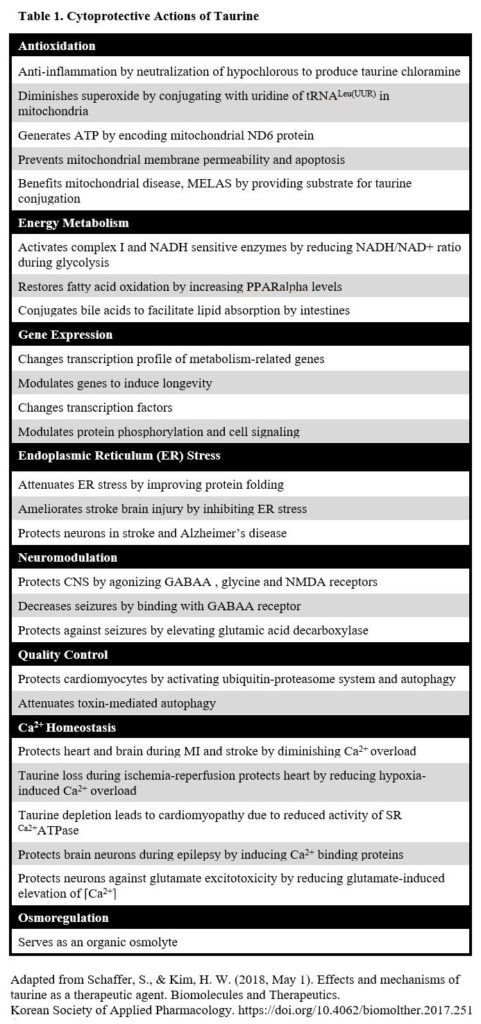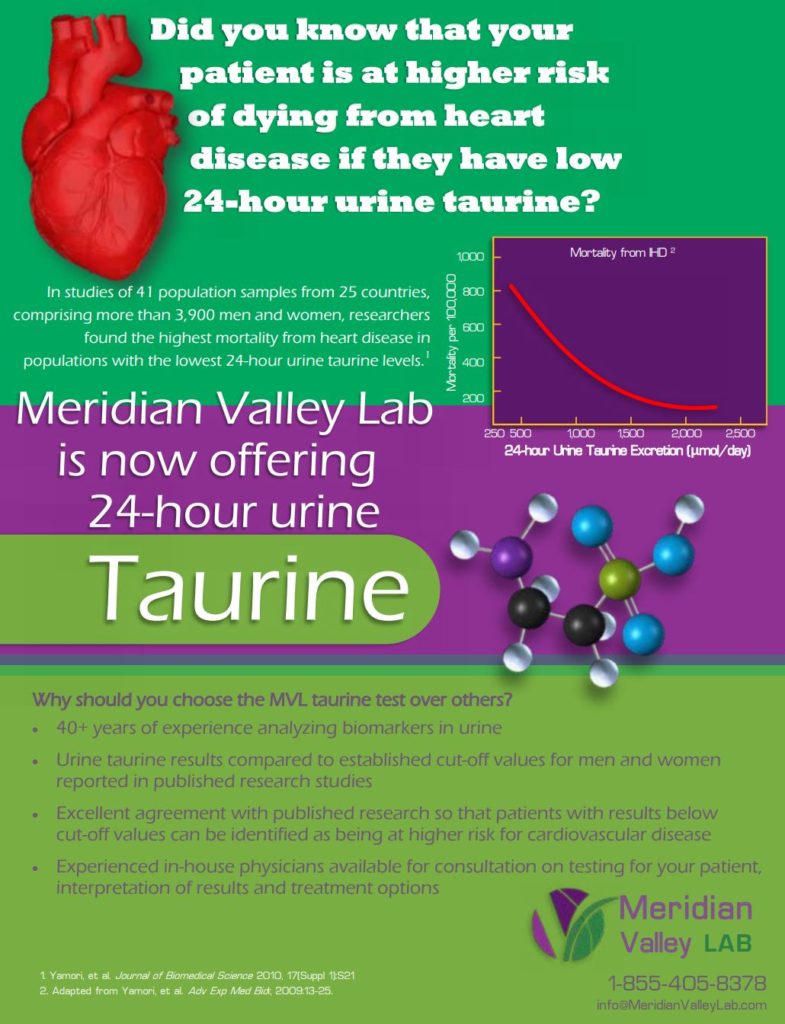Pushpa Larsen, ND
Japan enjoys the second longest life expectancy in the world at 85.03 years, exceeded only by Hong Kong with a life expectancy of 85.29 years, a difference of about three months.1 Japan also has the lowest rate of cardiovascular mortality with a mere 31 deaths from ischemic heart disease per 100,000 people.2 (In comparison, Canada ranks 16th and the US 46th in longevity, and have 86 and 110 deaths form ischemic heart disease per 100,000 people, respectively.) In 1982, a Japanese researcher, Yukio Yamori, proposed to the World Health Organization a worldwide epidemiological study to investigate the relationship of diet with hypertension and cardiovascular mortality. The original study was accomplished over a period of 20 years and eventually included 61 populations in 25 countries. Over 14,000 participants, evenly divided between males and females and ranging in age from 48-56, participated.3-6
The CARDIAC study (CARdiovascular DIsease and Alimentary Comparison) used the 24-urine taurine level as a marker for seafood intake. One of the most interesting findings was the comparison of Japanese Okinawans still living in Okinawa and those who had emigrated to Brazil, of which there were two populations studied: Okinawans living in Sao Paolo close to the southeast coast of Brazil, and Okinawans living in Campo Grande, more than 600 miles inland. Of the Japanese, Okinawans have the longest life expectancy and the lowest mortality from cardiovascular disease. Both Brazilian populations of Okinawans had substantially lower taurine levels than Japanese Okinawans. This is not surprising as the Brazilian diet has considerably more roasted meats and less seafood than a traditional Japanese diet. Taurine levels were lowest in Okinawans living in Campo Grande—far from a source of fresh seafood—who ate fish on average only once every two weeks. The lifespan of this population was a stunning 17 years shorter than Okinawans living in Japan, “an effect related to the very high IHD mortality. Low fish consumption and reduced T intake appeared to increase IHD.”4
Taurine Basics
Taurine, more formally known as 2-aminoethanesulfonic acid, is chemically a very simple compound: C2H7NO3S. It is ubiquitous in the tissues of most mammals and is particularly high in cardiac and skeletal muscle as well as the brain, the retina, and other neural tissue. Its effects on cells is both wide-ranging and profound. Its name hails back to ox bile, Bos taurus, from which it was first isolated.
Taurine is classified as a conditionally essential amino acid. It does not participate in the formation of proteins and does not meet the technical definition of an “essential” amino acid, in that it can be synthesized in the body. It is synthesized from methionine and cysteine in the pancreas, liver and other tissues, albeit at fairly low levels. Humans do, however, retain taurine in the tissues in greater amounts than some other species and do not often develop the overt deficiency symptoms seen in cats and foxes.7 The main source of taurine is dietary and a lack of taurine in the diet can have severe repercussions on health, as seen in the Campo Grande population of Okinawans. Ripps and Shen, in their review of its functional properties, assert that taurine is “undoubtedly one of the most essential substances in the body.”8
Mechanisms and Actions

Taurine has a number of functions that result in cytoprotection. These are summarized well by Shaffer, et al. as displayed in Table 1. These mechanisms include antioxidant actions, improvement of energy metabolism, modulation of gene expression, mitigation of endoplasmic reticulum stress, neuromodulation, quality control and detoxification, calcium homeostasis, and osmoregulation. This last is a particularly important cytoprotective function of taurine. All cells are sensitive to fluctuations in volume that can lead to cell death if not properly regulated. The uptake and release of taurine allows cells to maintain a normal volume in the face of osmotic stress from other sources. The osmoregulatory function is important for cell survival in all types of cells. 7,9
Taurine has been shown to mitigate mitochondrial oxidative stress induced by a wide array of substances, including “ozone, nitrogen dioxide, bleomycin, amiodarone, arsenic, iron, Adriamycin and catecholamines.”7 Taurine seems to also hinder oxidative stress by protecting antioxidant enzymes from the effects of reactive oxygen species (ROS) generated by the mitochondria. There are a number of conditions in which the body’s inability to deal with ROS overproduction is a contributing factor. Among these are cardiovascular disease, renal injury induced by diabetes, inflammatory diseases, lipid peroxidation of photoreceptors in the eye, reperfusion injury, and several neurological diseases, all of which may be improved with taurine.8 Taurine does not directly scavenge free radicals other than HOCl, which is thought to help limit myocardial damage. However, taurine may help regulate the generation of ROS in the mitochondria, which can slow down the series of events leading to an apoptotic cascade.9

The various mechanisms by which taurine exerts its benefits could fill (and has filled) several articles and is beyond the scope and intention of this one. What is striking is that taurine’s many actions affect cells of all types, which suggests that a taurine deficiency could lead to a wide range of symptoms. For example, quality control and detoxification, by which the body restores or eliminates damaged cells and organelles, decreases in taurine-deficient cells. Taurine regulates crucial ratios that help stabilize some membranes, affecting their fluidity as well as transport activity and the activity of enzymes associated with the membranes. Because of the broad effects of a taurine deficiency, it follows that taurine as a therapeutic may have similarly broad applications.
Taurine and Cardiovascular Disease
Taurine levels in myocardial cells is species dependent. Species with the fastest heart rates have higher levels of taurine. This has led some researchers to speculate that taurine is somehow associated to the heart’s workload. Taurine is especially important in heart failure.
Congestive Heart Failure. The reduced contractile ability characteristic of heart failure is related to a set of conditions that are taurine dependent. Taurine-deficient hearts exhibit a loss of myofibrils thought to be related to increased apoptosis due to the lack of the regulatory effects of taurine. Taurine-deficient hearts are also less sensitive to calcium, an essential element in muscular contraction. Taurine is also important to the phosphorylation of a phosphoprotein found in the sarcoplasmic reticulum, phospholamban. When phosphorylated, increased Ca2+ uptake by the SR results in relaxation of the heart muscle.9





